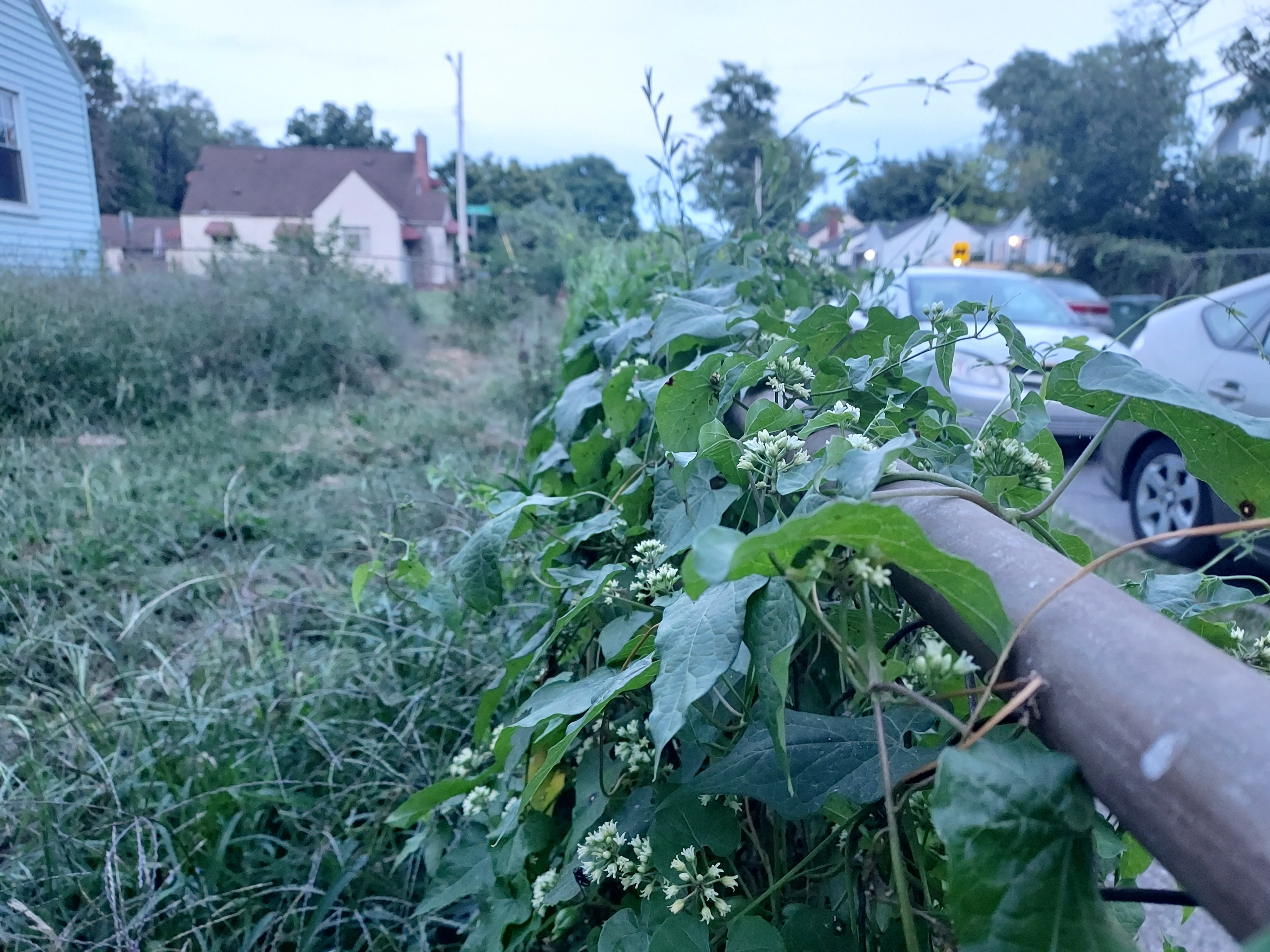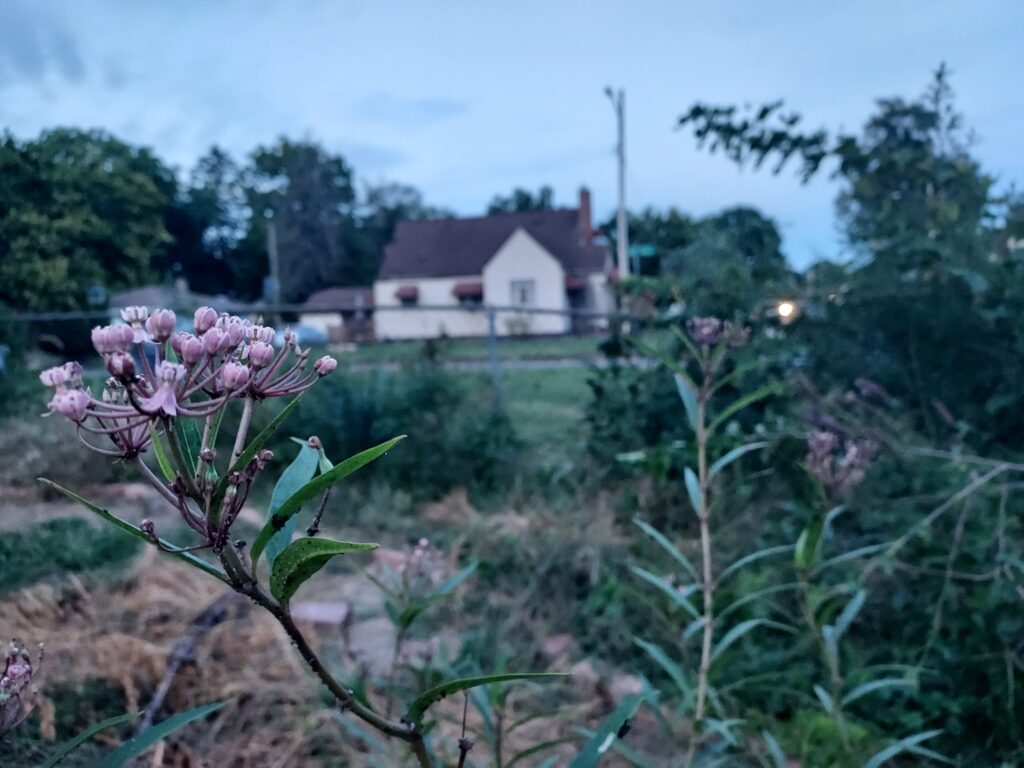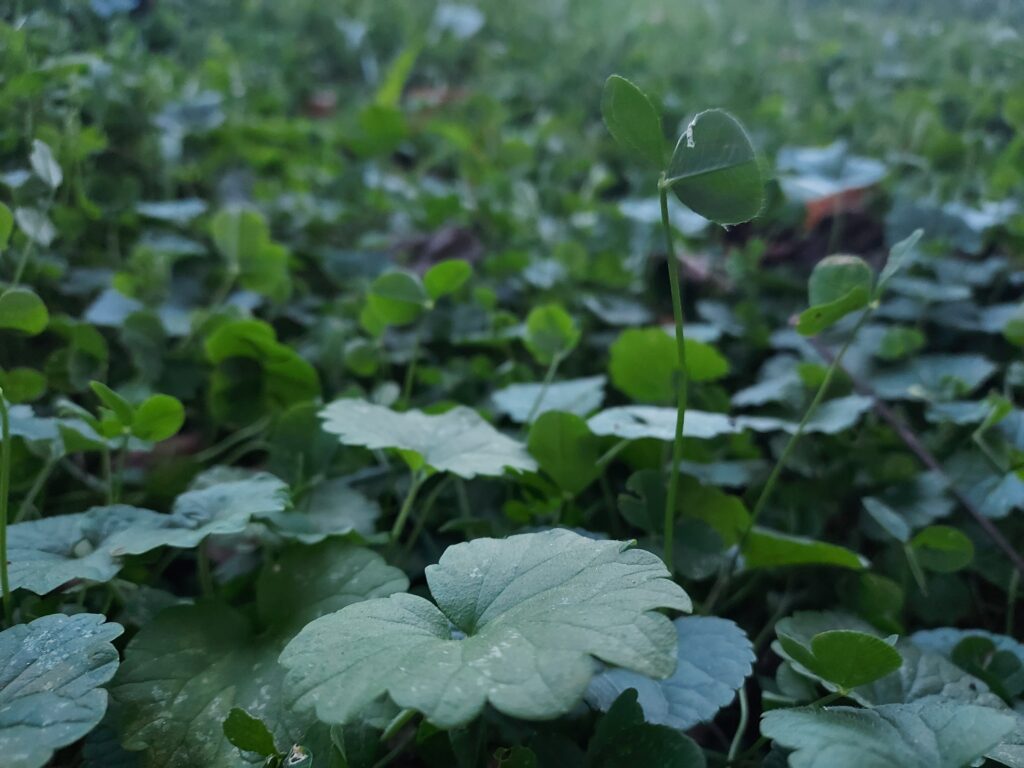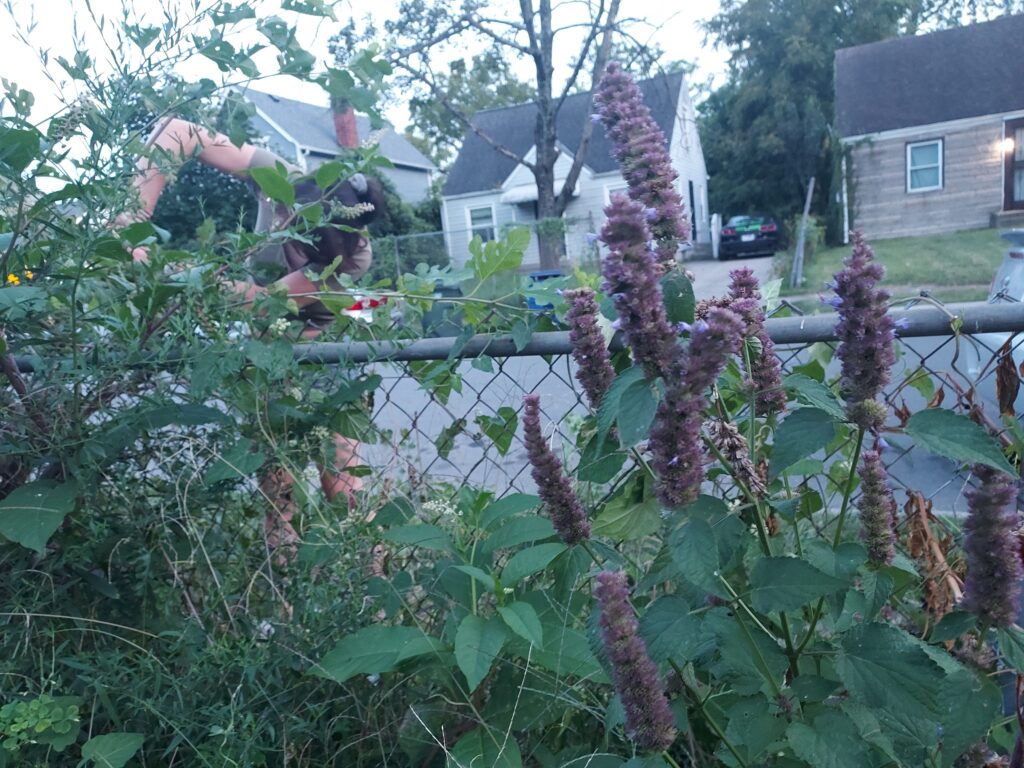
1. See it as an apology
Killing your lawn is an apology. An apology that cannot come from just an individual, but must begin with the individual. To the environment, it does not matter who is solely to blame, especially as we see that there is not one single person at fault. Some may be more culpable, but when I eat produce from a monoculture and industrial farm, when I turn the key in my engine, when I toss a #1 plastic into the recycling (knowing damn well that the likelihood that this piece of plastic ends up in the landfill is high), I represent all of humanity. To kill your lawn is to apologize for all of this. It is to apologize for the way that we have constructed a separation between us and the environment. To kill your lawn is to kill that separation.
2. Disarm your Anthropocentrism
It is tempting to believe that, if we remove humans entirely, the environment would flourish. That is your anthropocentrism sneaking in. It is a way to offload guilt. In believing this, we can take comfort in the fact that we will die some day and, when we do, the earth will recover. This is not so. We have done irreversible damage on this earth. In just the last 75 years, we have lost 50% of our insects globally. Only 4% of the mammals on this earth are wild– the other 96% are us, our livestock, and our pets. The earth would take 5 to 7 million years to recover from our impact. Humans need to be here to repair the damage we’ve done- to preserve what little biodiversity we have left and foster a path to re-biodiversifcation.


3. Enact Violence
See your lawn as an act of violence- and enact that violence right back. See your lawn as the pollinators that have died as “prettier” invasive plants choked out their native, host plants. Enact that violence right back. Tear your grass out, flip it upside down to expose the roots towards the sky to suffocate the leaves. Let the native seeds you sow on top digest the nutrients of the grass.
4. Do your due diligence
Albeit accidental, it took time to devastate the natural environment. If we neglect our due diligence, if we do not research our local ecology, we risk repeating that devastation. One invasive species can upset an entire ecosystem. It is for that reason that I cannot tell you which seeds or plants to buy. This depends on the region you live in.


5. Wrestle with Zoning Laws
The aesthetics of manicured lawns are so engrained into our systems that some municipalities now mandate it. The requirements on land use vary, so look at your local zoning laws to determine what you’re working with. With Revival Tract, the local zoning laws restricted the height of the lawn to six inches or less. So, I went with a clover variety, with an overseed of beebalm.
6. Strategically Support our Pollinators
Pollinators and animals need support year round- not just at peak blooming period. Plant with yearlong blooms in mind so your local critters don’t run out of food. This also means you ought to leave your leaves. It can be tempting to do a fall clean-up, but pollinators nest in the leaves, and leaving the leaves only helps your yard flourish. As the leaves decompose they will provide wonderful nutrients for your backyard ecosystem.


7. Love your Backyard Ecosystem
After you’ve killed your lawn and rebuilt it for your local pollinators, tend to it lovingly. Familiarize yourself with invasive plants, and hunt them strategically. To love your backyard habitat is to leave your stems and flowers. It is to let your local pollinators overwinter within the stems of these flowers. It is to let natural processes take place as you watch, protecting those processes, with a careful eye. It is to see those tiny little holes on your leaves and rejoice. Insects finding a snack is nothing to be bothered by- it’s a sign of life. It’s how you know that you have a backyard ecosystem.